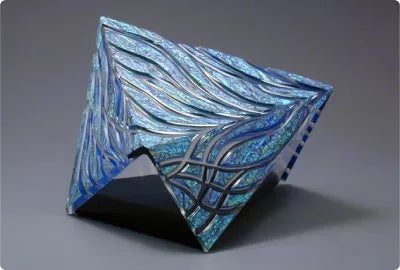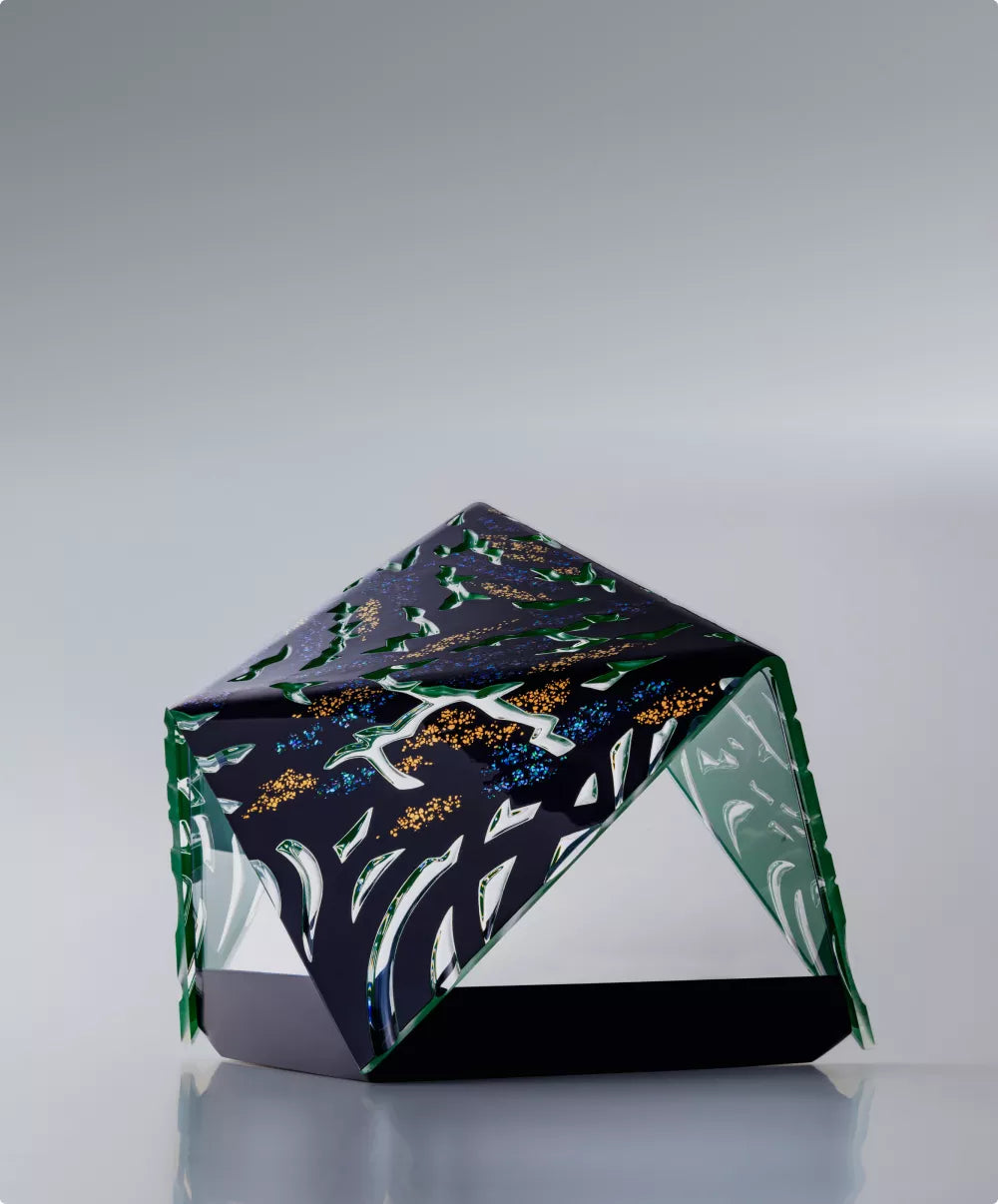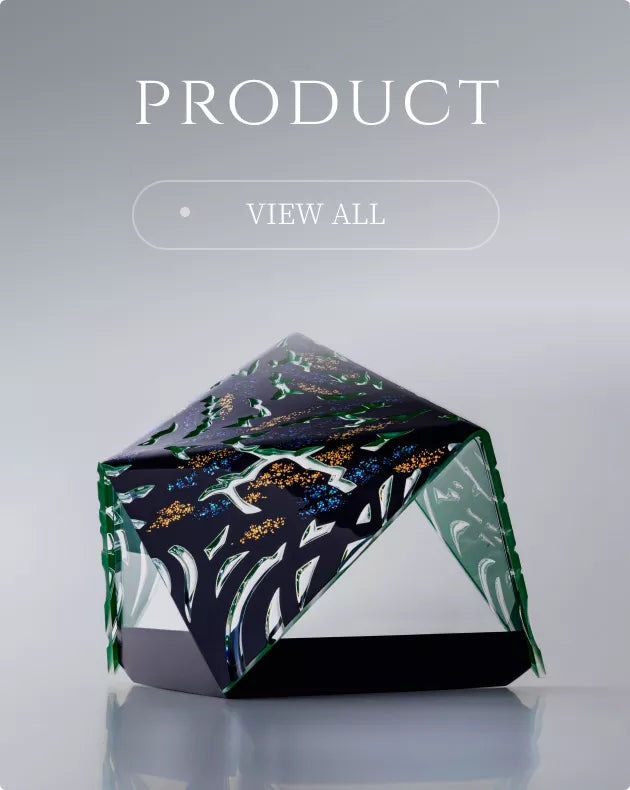Urushi
Traditional lacquer craftsmanship that has continued from ancient times to the present day
The history of Japanese lacquerware craftsmanship dates back to ancient times, where lacquerware already existed. In the Nara and Heian periods, lacquerware with beautiful patterns and carvings began to be produced. During the Kamakura period, it played an important role as a tea utensil, and during the Muromachi period, lacquerware with gold and silver leaf was widely produced. In the Edo period, the artistic value of lacquerware was enhanced by the appearance of master craftsmen, and a variety of lacquerware products were created. Japanese lacquerware craftsmanship is still highly valued as a symbol of Japanese culture and is also highly appreciated worldwide. While inheriting the tradition, it continues to pursue new possibilities in lacquering through avant-garde approaches.
The Appeal of Kyoto Urushi Symbol of Japanese culture Elegant and delicate Kyoto Urushi loved by people all over the world
During the 16th century - the Age of Discovery, Europeans such as the Portuguese and Dutch developed a deepening relationship with Japan and became interested in its culture and handicrafts. Among these, lacquerware was particularly fascinating and many people began to collect it. As it was a craft that did not exist in Europe at the time, the urushi itself that was used in the production of these objects came to be called "Japan". Marie Antoinette, the queen of France, was known for collecting many Japanese handicrafts, including lacquerware.
Urushi trees grow only in limited areas in East Asia and the current domestic production in Japan accounts for a mere 2% of the demand. It takes 12-15 years for the trees before a tree is big enough to be tapped. Urushi is a valuable sap that can only be extracted in small amounts, about 200 mL, from a single tree. It has various functional characteristics such as resistance to acid, alkali and salt, durability, robustness, and antibacterial properties. Urushi hardens by activating the enzymes contained within it in an appropriate environment (around 25°C, 70-85% relative humidity), taking about three months to reach 80% hardness and about eight years to fully cure. The process of applying one layer, allowing it to harden, then sanding it smooth before applying the next layer is repeated over six months to a year to create a single finished piece.
Kyoto Urushi developed alongside the tea culture of Kyoto. Techniques such as raden, which uses shells with beautiful luster, and makie, which incorporates gold and silver powders, give it an elegant and sophisticated style, enhancing the charm of the graceful and delicate Kyoto Urushi.
Lacquer handicrafts are painstakingly finished one by one by craftsmen, giving each piece its own unique personality and texture. Among them, Kyoto Urushi is highly valued for its advanced techniques, design, and quality. It plays an important role in conveying the history and culture of Japan as a symbol of Japanese culture. The beauty and high quality of Kyoto Urushi are loved not only in Japan, but also by many people around the world.
In order to pass on this beautiful urushi art and many traditional techniques behind it to the next generation, misora supports various activities, e.g. increasing the cultivation area of urushi to produce the high-quality lacquer.
Kyoto Urushi × Acrylic
Opaque lacquer and transparent acrylic
Harmony of color and light
misora pursues the timeless beauty that continues to captivate people even after 100 years. Utilizing a technique of applying layers of urushi onto acrylic, misora offers proposals to enrich spaces through the harmonious interplay of color and light. Unlike traditional lacquering on wood, acrylic is less prone to expansion and contraction due to temperature and humidity changes, making it suitable for use in various regions, both in Japan and overseas.
Urushi artisans The Suzuki-Hyōha, a group of urushi artisans inheriting an innovative spirit
A group of urushi artisans representing Kyoto. While inheriting tradition, they have continuously pursued avant-garde endeavors, exploring new possibilities in lacquer art. In particular, Hyosaku the third, Masaya Suzuki, actively created artworks aiming for innovative visual effects by layering opaque lacquer onto transparent acrylic resin, utilizing the distinct properties of different materials. Numerous talented disciples who have inherited his innovative spirit are actively engaged in a wide range of activities in Japan and abroad to support Japanese lacquer art. misora's products apply the technique of layering lacquer onto acrylic resin pioneered by Hyosaku the third and are primarily created under the guidance of Hyosaku the fourth, Saeko Suzuki.
Main award history of Hyosaku the third (Masaya Suzuki)
- 1964
- The Kyoto Governor's Award at the 3rd Japan Contemporary Arts and Crafts Kinki Exhibition
- 1966
- The Kyoto Exhibition Mayor's Award
- 1973
- The Special Award at the 5th Nitten, "Object, Intertwined Form"
- 1977
- The Hakone Open-Air Museum Award at the Japan New Crafts Exhibition for Opening Up Tomorrow, "Forest Box"
- 1993
- The Prime Minister's Award at the 3rd Nikkokai Exhibition, "Cosmos Box"
- 1996
- The Kyoto Prefecture Cultural Award - Meritorious Service Award
- 1998
- The Kyoto City Art Achievement Award
- 2011
- The Prime Minister's Award at the 43rd Nitten, "Box, Wind Shines"
Collection of Hyosaku the third (Masaya Suzuki)
The National Museum of Modern Art, Tokyo / The National Museum of Modern Art, Kyoto / Kyoto Municipal Museum of Art / Kyoto City KYOCERA Museum of Art (former name: Kyoto City Museum of Art) / Maruyama Memorial Museum of Art / Toyota-cho Fragrance Museum / Johnson Art Collection (Wisconsin, USA) / Seattle Art Museum (Washington, USA) / Denver Art Museum (Colorado, USA) / Victoria and Albert Museum (London, UK)
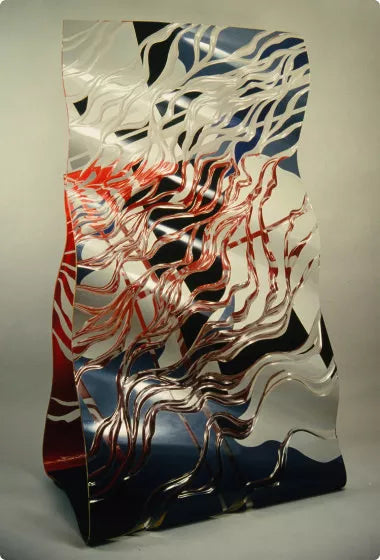
▲ "In the Midst of Time and Light"
1978 (Kyoto City KYOCERA Museum of Art)
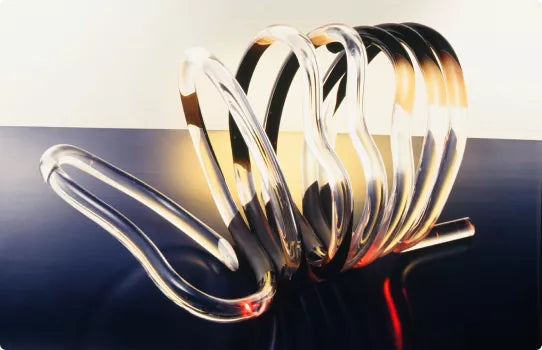
▲ "Object: Intertwined Form"
1973 (National Museum of Modern Art, Tokyo)
